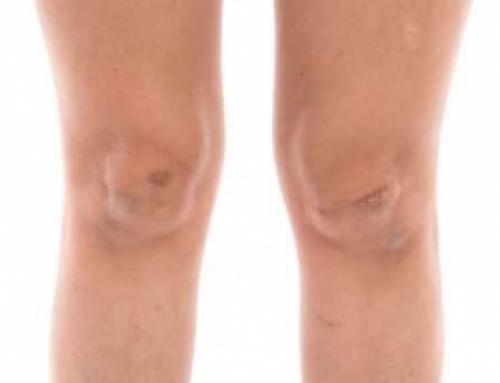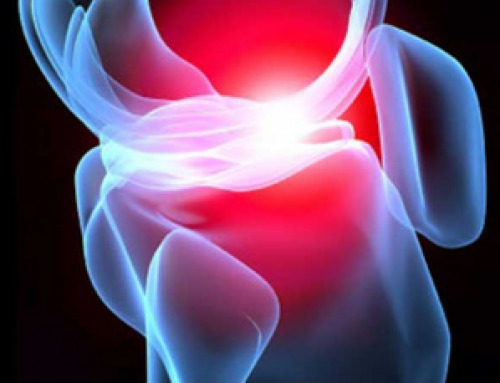A shoulder is said to be “unstable” when it frequently slips partially or all the way out of position (dislocation). Shoulder instability is also called subluxation. The shoulder is a ball and socket joint, with the humerus head being the ball (upper region of the arm bone), and the shoulder blade cavity being the socket (the glenoid).
When the shoulder is unstable, the humerus head will slip out of position. Shoulder subluxation is  caused by injuries to the labrum, joint capsule, rotator cuff, and/or glenohumeral ligaments.
caused by injuries to the labrum, joint capsule, rotator cuff, and/or glenohumeral ligaments.
Shoulder instability is represented by labral tears that are traumatic and involve the inferior, posterior, and the anterior aspects of the labrum, which represent a unique population of the glenoid fossa. A recent clinical study evaluated the clinical results of the patients who had to undergo arthroscopic repair for at least a 270 degree labral tear.
The Procedure
A new arthroscopic technique is used to repair and stabilize the shoulder after it dislocates or if it is unstable. The arthroscopic surgery minimizes pain, reduces complications, and lessens recovery time.
The Beverly Hills sports medicine surgeon will make tiny incisions around the shoulder region so he/she can insert the arthroscope and tiny instruments to make necessary repairs. The loose or torn  ligaments are reattached to the joint using suture anchors, tiny implant devices. These little anchors can relocate, tighten, and hold the injured joint structures in position. Once the suture anchors are positioned, they will disintegrate on their own.
ligaments are reattached to the joint using suture anchors, tiny implant devices. These little anchors can relocate, tighten, and hold the injured joint structures in position. Once the suture anchors are positioned, they will disintegrate on their own.
For many patients, shoulder stabilization by arthroscopic technique is used to repair tears of the biceps tendon, tighten the shoulder capsule, or repair rotator cuff injuries. The procedure takes between one to two hours to complete. Most patients have general or regional anesthesia so that pain is minimized.
After Surgery
Once you have the arthroscopic shoulder surgery, your arm will be in an immobilizing sling for a period of time. This decreases the risk of injury to the repaired joint. You should have someone available to drive you home, and are not allowed to lift much. The immobility time for the shoulder is betwee n three to six weeks, so have someone who can assist you with bathing, dressing, and other activities.
n three to six weeks, so have someone who can assist you with bathing, dressing, and other activities.
The office staff will give you a prescription for pain medicine and instructions on use of a cold pack for discomfort. You must leave your bandages in place after the procedure, and the surgeon will advise you when to remove these. The incisions must be kept dry for around 10 days, so no bathing or swimming until that time. Once home, you will visit a physical therapist to learn activities to strengthen your shoulder and improve flexibility. The therapist will teach you pendulum exercises you do on your own.
The orthopaedic surgeon will want you to return for a follow-up visit within 10 days following the shoulder stabilization arthroscopic procedure. This is done to evaluate your surgical site, discuss your progress, and manage your recovery. Be sure to notify the office staff if you experience increased pain, severe numbness, excessive bleeding at the surgical site, or a temperature.





